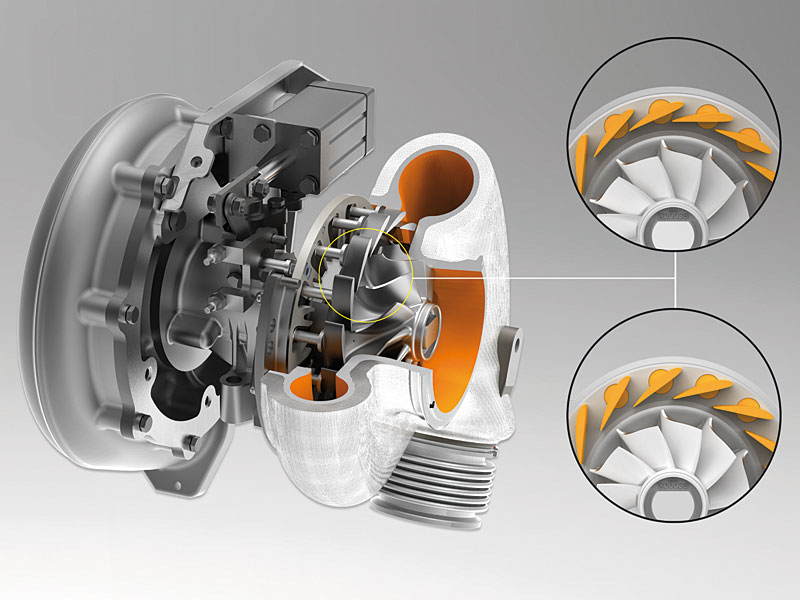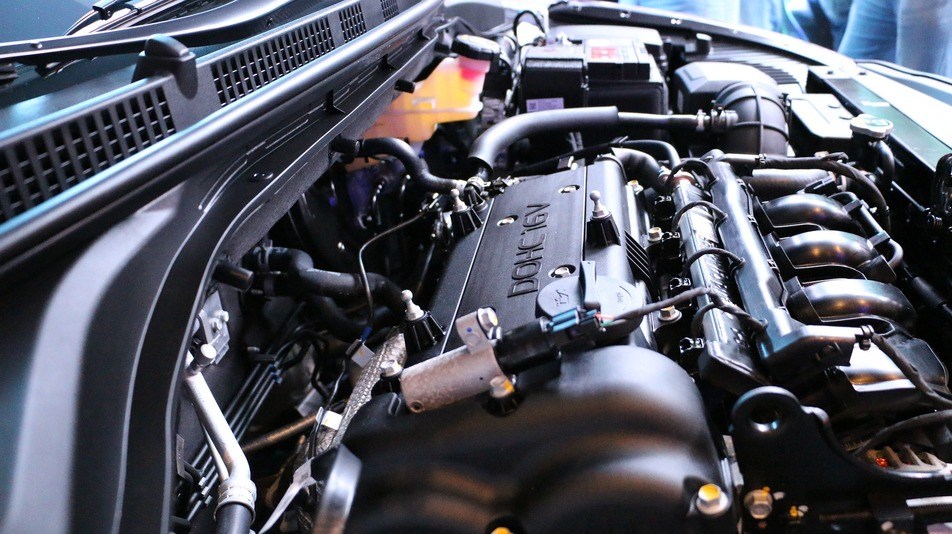Imagine this: a sleek car pulls up next to you at a traffic light, its engine growling like a beast ready to be unleashed. As the light turns green, it rockets ahead, leaving you stunned and curious. What makes that engine roar to life with such ferocity? The answer lies in the world of engine tuning – a craft that has transformed ordinary vehicles into high-performance machines for decades. From street racers to enthusiasts, engine tuning holds the key to unlocking the hidden potential within every engine.
In the quest for power, car enthusiasts have long been exploring ways to increase engine performance, aiming to squeeze out more horsepower and torque. Whether you’re looking to enhance your daily driver or build a custom performance vehicle, understanding how to fine-tune an engine is essential. This article will delve into some of the most popular and effective techniques used to boost engine power and torque, including engine swaps, turbocharging, and supercharging. Buckle up for a journey into the world of high-performance tuning!
Engine Swaps

Definition
An engine swap involves replacing a vehicle’s original engine with a different one, typically more powerful, to boost performance. This modification is common among car enthusiasts seeking a dramatic increase in power and torque, often using engines from higher-performance vehicles.
Benefits
Engine swaps offer several advantages, including significant power gains and improved performance. Swapping in a more advanced or larger engine can breathe new life into an aging vehicle, while also allowing for customization—from tuning the engine for street racing to off-road power. For those looking to build a unique vehicle, an engine swap provides endless possibilities.
Considerations
However, engine swaps are not without their challenges. Compatibility is crucial—ensuring the new engine fits the vehicle’s chassis and works with the transmission, suspension, and electronics can be complex. Cost is another major factor, as parts, labor, and tuning can add up quickly. Additionally, legal concerns such as emissions regulations must be considered, especially if the vehicle will be used on public roads.
Case Study
A famous example of a successful engine swap is the Nissan 240SX, a beloved tuner car. Many enthusiasts replace its stock engine with the Nissan RB26DETT, the iconic twin-turbo inline-six from the Nissan Skyline GT-R. This swap dramatically boosts horsepower, making the 240SX a formidable force on the street and track, showcasing how transformative an engine swap can be.
Turbocharging

Definition
Turbocharging is a technique that uses a turbine-driven forced induction system to enhance engine performance. By compressing the air entering the engine, a turbocharger allows more oxygen to be mixed with fuel, creating a bigger explosion in the combustion chamber. This results in increased power output without needing a larger engine.
Types of Turbochargers
There are several types of turbochargers, with the most common being centrifugal and axial flow. Centrifugal turbochargers use a radial compressor to push air into the engine, making them efficient at high speeds. Axial flow turbochargers, less common in automotive applications, use axial compressors and are more often found in aircraft engines due to their ability to handle extremely high airflow rates.
Benefits
Turbocharging offers several key advantages. Most notably, it significantly increases power, allowing smaller engines to produce the output of much larger ones. This can improve fuel efficiency by generating more power from less fuel. Turbocharged engines are also better at maintaining performance at higher altitudes, where naturally aspirated engines might struggle.
Considerations
While turbocharging offers tremendous benefits, it comes with certain challenges. Proper tuning is critical to ensure the engine can handle the increased pressure and heat without risking damage. Additionally, regular maintenance is required to keep the turbocharger operating efficiently, as the high temperatures and pressures involved can cause wear and tear on engine components.
Supercharging

Definition
Supercharging is a method of forcing additional air into an engine to increase its combustion power. Unlike a turbocharger, which is powered by exhaust gases, a supercharger is mechanically driven by a belt connected to the engine. By delivering more air to the combustion chamber, a supercharger helps produce more power and torque, often resulting in significant performance gains.
Types of Superchargers
There are several types of superchargers, each with unique characteristics:
- Centrifugal Superchargers: These are compact, belt-driven units that use a compressor to deliver boosted air. Known for their smooth power delivery, they are popular for higher RPM applications.
- Roots-Type Superchargers: A classic design, roots superchargers are large and typically mounted on top of the engine. They push a substantial volume of air, delivering an instant surge of power.
- Twin-Screw Superchargers: Similar to roots superchargers, but more efficient, twin-screw types compress the air inside the housing, providing strong low-end torque and consistent boost.
Benefits
One of the major advantages of supercharging is its ability to deliver an instant power increase. Unlike turbochargers, which may have lag before reaching full boost, superchargers provide immediate acceleration. They’re ideal for those who want a reliable, constant boost of power across the RPM range. Additionally, supercharging can significantly increase engine torque, which improves acceleration and overall vehicle performance.
Considerations
However, there are challenges to consider when supercharging an engine. Proper tuning is essential to ensure that the increased air supply is matched with adequate fuel delivery. Supercharging also places additional stress on engine components, which may require upgrades or increased maintenance. Finally, the mechanical nature of a supercharger means it can increase engine load, potentially affecting fuel efficiency and engine longevity if not properly managed.
Other Tuning Techniques

Exhaust Systems
One of the most overlooked aspects of engine tuning is the exhaust system. At first glance, the exhaust may seem like a simple means of channeling out waste gases, but its design has a direct impact on engine power. A high-performance exhaust system reduces backpressure, allowing exhaust gases to escape more easily. This, in turn, improves the engine’s ability to expel burned fuel and air, creating space for a fresh charge of air and fuel.
Performance exhaust systems, often referred to as cat-back or turbo-back exhausts, feature larger-diameter pipes, free-flowing catalytic converters, and performance mufflers that reduce restrictions. This improved flow can lead to notable increases in both horsepower and torque, particularly at higher RPMs. By upgrading the exhaust system, enthusiasts can ensure the engine breathes more efficiently, enhancing overall output.
Intake Systems
If the exhaust system handles how gases leave the engine, the intake system controls how they enter. An engine is essentially an air pump, and the more air it can draw in, the more power it can produce. High-performance intake systems improve the airflow into the engine, allowing it to “breathe” better.
Cold air intakes (CAIs) are a popular upgrade among tuners because they pull cooler, denser air from outside the engine bay. Cooler air contains more oxygen, which enhances the combustion process and results in more power. A performance air filter, often made from reusable materials like cotton, further increases airflow while providing better filtration. The result is an improvement in throttle response, fuel efficiency, and—most importantly—engine power.
Fuel Systems
For an engine to produce more power, it needs an appropriate fuel supply to match the increased airflow. This is where upgrading the fuel system becomes critical. High-performance engines demand more fuel, and stock fuel systems may not be able to deliver the necessary volume or pressure to support those demands.
Performance fuel injectors, high-flow fuel pumps, and upgraded fuel pressure regulators ensure the engine receives a steady and adequate fuel supply under all conditions. Proper tuning of the fuel system ensures that the engine runs rich enough under heavy loads but doesn’t waste fuel by running too rich during lighter use. With a well-tuned fuel system, the engine can maintain a proper air-fuel mixture, which leads to smoother operation, better throttle response, and more consistent power delivery.
Engine Management Systems
In modern cars, the engine’s power output is largely controlled by the engine management system (EMS), or ECU (Engine Control Unit). This “brain” manages everything from ignition timing and air-fuel ratios to turbo boost pressure (in turbocharged cars). By tuning the EMS, enthusiasts can optimize engine performance for more power and torque.
Through specialized software or aftermarket stand-alone ECUs, tuners can adjust various engine parameters to extract more performance. For example, tuning the air-fuel ratio for a leaner mix at higher RPMs can lead to increased power. Adjusting ignition timing can improve combustion efficiency, while tuning boost pressure in turbocharged engines can result in dramatic power gains. Whether through re-flashing the stock ECU or installing a standalone system, tuning the EMS allows for precise control over how the engine behaves and performs.
Conclusion
Throughout this article, we’ve explored several key techniques for increasing engine power and torque, each with its own distinct advantages:
- Engine Swaps: Swapping out an engine for a more powerful one can dramatically boost performance, providing a foundation for further tuning.
- Turbocharging: This method uses exhaust gases to spin a turbine that forces more air into the engine, significantly increasing horsepower and torque by improving engine efficiency.
- Supercharging: Like turbocharging, supercharging also increases air intake but uses a belt-driven compressor. It offers immediate power boosts at lower RPMs, making it perfect for those seeking consistent performance.
Engine tuning is much more than a hobby—it’s a gateway to optimizing vehicle performance in ways that factory settings simply can’t achieve. Whether you’re looking for a thrilling burst of speed on the track or just want more power for everyday driving, these tuning techniques can help you achieve your goals. However, it’s essential to remember that tuning isn’t just about raw power; it’s also about balance and precision. Properly tuning an engine requires knowledge, care, and sometimes professional expertise to ensure that the engine remains reliable and safe.




